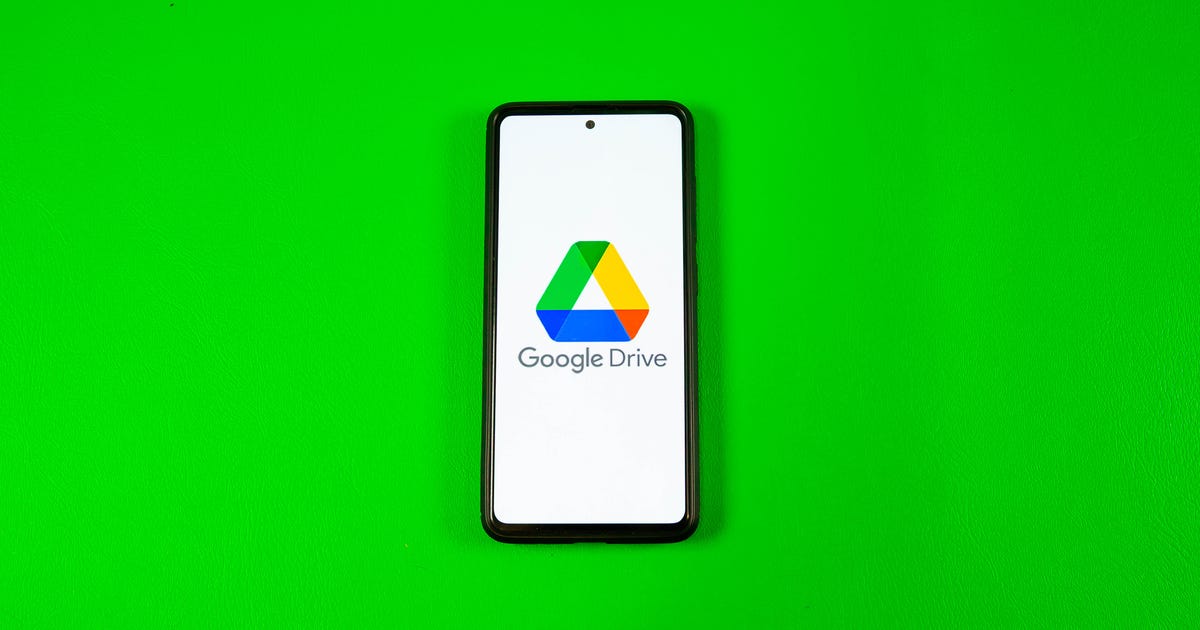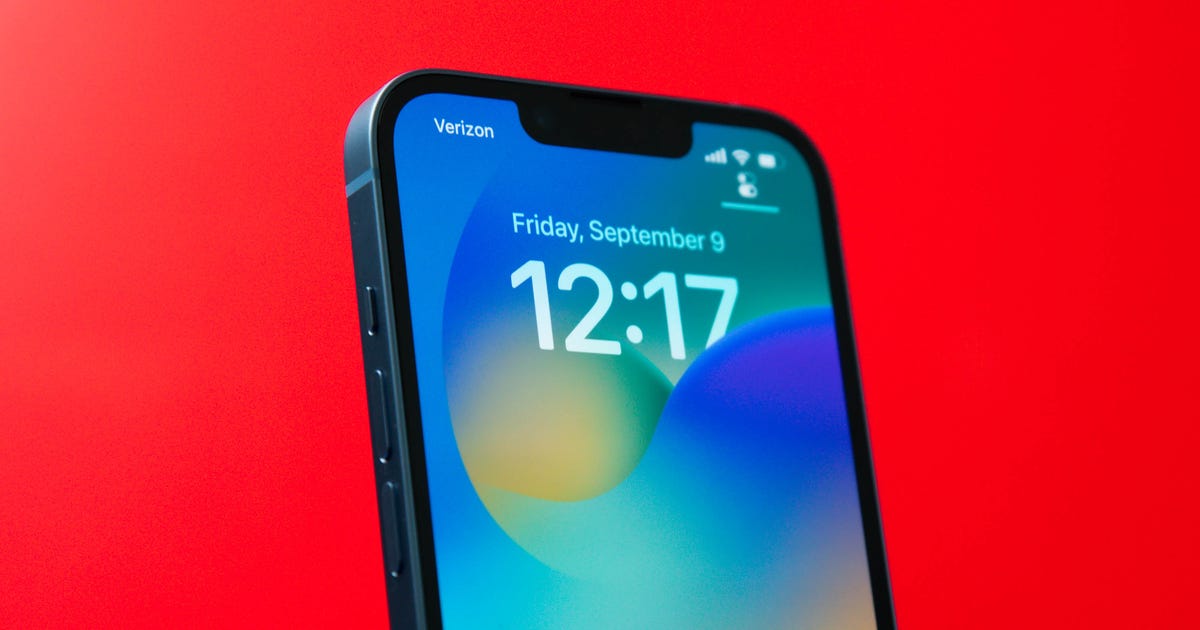
Opera
Attention, YouTube and Netflix addicts: An update to the Opera Max app boasts that you will slurp up less data while streaming videos, shows and movies.
The update to the data-management and data-saving app, which is available in the Google Play store, is focused on video streaming via Wi-Fi and 3G/4G/LTE — specifically for YouTube and Netflix.
“The new version of Opera Max touts unique technology that saves data on videos without any significant loss in quality and even reduces buffering,” the company said Tuesday in a statement.

 Enlarge Image
Enlarge ImageRahil Bhagat/CNET
According to Opera, the app can “condense a 10MB video down to 3MB — and significantly reduce instances of video buffering — without any noticeable loss of quality.”
CNET tested the app and found significant data savings but also significant buffering issues. More on that below.
The free app also includes a feature that shows how much data is saved.
Originally released in early 2014 after Opera bought Skyfire Labs, Opera Max works by compressing and rerouting data using a virtual private network (VPN) to the “data-savings cloud.” All non-encrypted data requests (excluding websites and apps with HTTPS connections) are sent through Opera’s compression servers, which optimize video, images and websites to use less data.
The app’s use of proprietary algorithms and software to compress unencrypted data such as text, video, photos and the like on your smartphone allows people to use less of precious data bandwidth.
Does it work?
Opera gave CNET a test version of the app’s latest version and we gave it a go to check the real world savings. Some of the things we wanted to check were whether the compression reduced video quality, whether it made the video load slower because it was running through a VPN and how much raw data we were saving.
For this test we used an Android 4.4 powered Xiaomi Mi Note running on Singtel’s 4G LTE network in Singapore.
For the test, we streamed the first three minutes of this YouTube video in HD and these were the results:
On 4G, the savings on mobile data were huge with Opera Max saving 10.3MB of data from an 18.8MB data stream. On Wi-Fi, the savings were equally good with Opera Max saving 13.4MB of a 24.5MB data stream.
The big issue, though, was buffering speeds. Simply put, especially in HD, Opera Max slowed YouTube buffer speeds to a crawl with the video stopping once every seven to 10 seconds to buffer for another eight seconds. Needless to say, this makes watching HD videos problematic and painful.
This effect is lessened if you turn down the quality — and thus the data use — of your video, making Opera Max good for watching videos while on mobile data but rather pointless on Wi-Fi.




